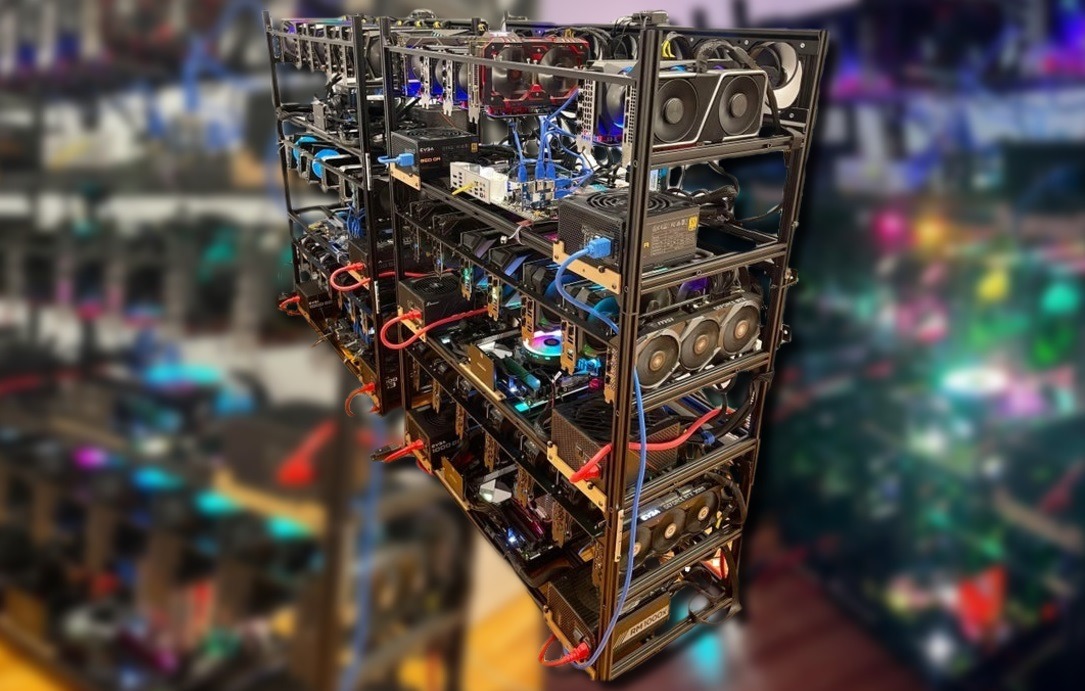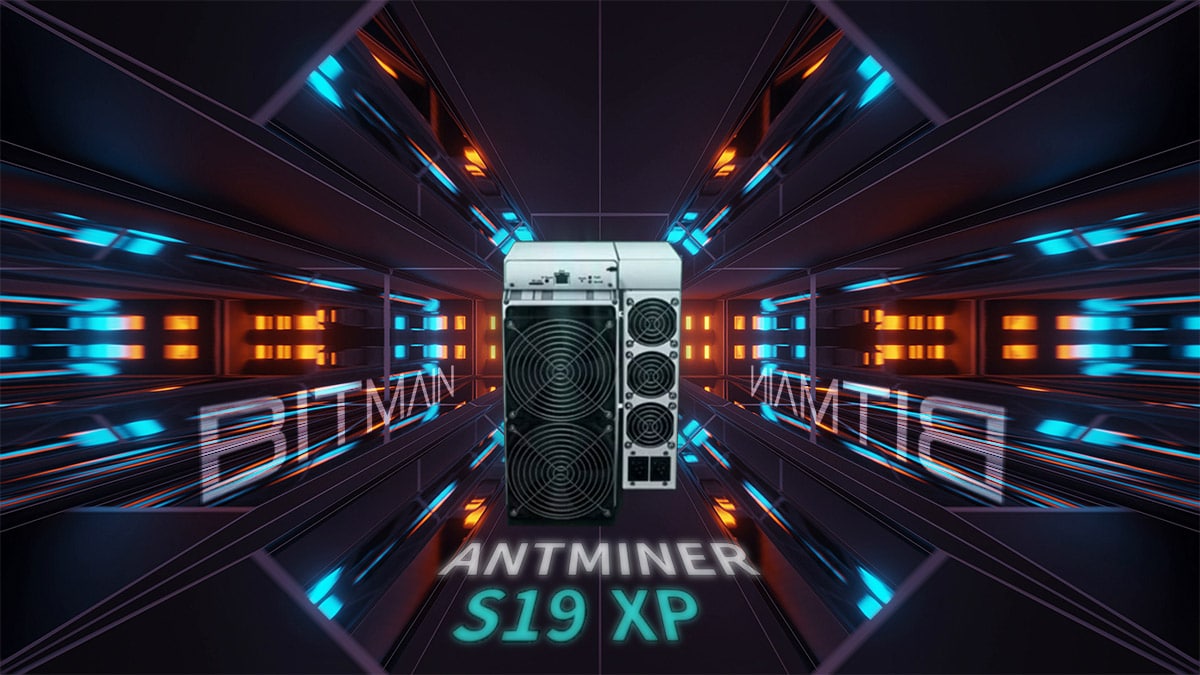Table of Contents
This guide will cover how to mine Ravencoin (RVN).

The RVN project developers were inspired by the movie “Game of Thrones,” where ravens are used to deliver statements of truth. In the same way, the crypto project seeks to deliver messages of truth by faithfully verifying the ownership of a specific asset.
On January 3, 2018, the bitcoin hardfork Ravencoin was born, which is constantly gaining traction between the crypto community. Its price is 50% below ATH. However, as cryptocurrency mining using Application Specific Integrated Circuit (ASIC) -based equipment is becoming less lucrative for domestic miners, miners are turning to ASIC-resistant cryptocurrencies such as Ravencoin to make money.
RVN has a maximum supply of 21 billion coins and a transaction speed of 60 seconds. Miners on the network take home 5,000 RVN coins for each block mined.
How do I start mining Ravencoin?
Key ingredients to conduct RVN mining include:
- Ravencoin mining hardware
- Ravencoin (RVN) Wallet
- Ravencoin mining software
- Ravencoin mining pool
Let’s get them up and running.
RVN mining hardware
RVN is resistant to specialized mining devices such as ASICs and FPGAs. Therefore, RVN mining makes use of GPUs.
GPU RVN mining using Nvidia
Nvidia is among the top manufacturers of cryptocurrency mining graphics card processing units (GPU). Nvidia GPUs are compatible with the CCMiner mining software.
To kick start the process of interfacing an Nvidia GPU card to an existing mining pool, download the CCMiner from Github.
However, the process may differ depending on whether the mining software is being installed on in Windows or Linux operating system.
For those on Windows, the software is downloaded as a zipped folder and needs to be extracted. Among the extracted files, there’s a folder with the actual miner software installer. In this folder, create a new batch file.
In the file, include the following command:
ccminer-x64.exe -a algorithm -o stratum+tcp://mining_pool:port -u wallet_public_key -p c=coin_symbol
Edit the command to include specific details. For example, change the “algorithm” with the one you’re using, it can be “KawPow,” erase “mining_pool” and input your mining pool.. Swap “wallet_public_key” with your RVN wallet address and “coin_symbol” with RVN.
To activate these changes, double click on the batch file. If the amendments are effective, a CMD window will appear, indicating an active session. Some details displayed include the type of Nvidia GPU, it’s speed, GPU temperature, clock speed, and the hash rate.

For those on Linux (HiveOS), you need to login to your HiveOS account, and add RVN wallet under the wallet section. For the address, either insert the RVN wallet address or your pool username. Finish the process by providing a worker name. Note that the worker name and password are created on the mining pool’s website.
The next step on HiveOS is to access the “Flight Sheets” section and enter RVN wallet. Choose the mining URL, select the CCMiner mining software. Click the rocket ship icon to set CCMiner and provided a wallet address as the defaults.
How to mine Ravencoin using AMD GPU
The process of mining RVN using AMD graphics cards is similar to using Nvidia cards. But, the difference lies in how the cards interface with the mining pool.
With Nvidia making use of CCMiner, AMD supports the sgminer mining software. The software can be used on both Windows and Linux-based systems.
Whether you’re using the card on Windows or Linux:
- Download sgminer (comes as a zipped folder)
- Extract the files
- Locate the folder with the miner and create a new batch file (for Windows) or a new script file (on Linux) inside the folder.
- To make it simple, copy and paste ( sgminer -k algorithm -o stratum+tcp://mining_pool:port -u wallet_public_key -p c=coin_symbol ) in the batch file.
- Edit the instructions to include the algorithm, mining pool, port, wallet address, and coin symbol.
- Double click the batch file to run it. If everything is done correctly, the window that pops up should indicate the speed of all the GPUs in your rig, the fan speed, and the speed of individual GPUs, among other details.
Note that the setup may not successfully connect to the mining pool if the virtual memory allocated is below 16 Gigabytes. Virtual memory settings can be set on the system and security section on a computer. In most cases, the computer automatically manages the virtual memory settings. To change this, choose custom size and enter the size in Megabytes. Therefore, to allocate 16GB input 16000.
Best Ravencoin (RVN) wallets
While the best wallet for miners is Ravencoin’s main desktop wallet, other cryptocurrency wallets that provide the same security, performance, and reliance include:
- Trustwallet
- Guarda
- Trezor (Hardware)
- Official RVN mobile wallet
- Pocket Raven (Web)
- Ravencoin Paper (Paper Wallet)
RVN mining pools
Before powering your RVN mining hardware, it’s essential first to choose a mining pool. While solo mining is still possible with RVN, it can take months before finding a block. A mining pool combines several GPUs’ power and rewards miners depending on the amount of power contributed. Although the payouts can be small, they’re frequent. Pool fees are also low.
Here are Popular RVN mining pools:

Rejected shares when mining Ravencoin
Pool-based Ravencoin mining, as with any other cryptocurrency pool mining activities, presents a unique challenge; rejected or stale shares.
In crypto pool mining, a share is an accounting metric that represents how much power a miner has contributed to the pool. When the contributed power is used to discover a block, it said to have been a successful share.
Rejected shares represent mining power contributed by an individual miner in a pool, but the power was not used to mine a new block. Consequently, the miner isn’t rewarded. In some cases, a miner’s computing power can be used in a pool, but the share is not registered on time. These shares are rejected, and the miner is not rewarded.
Using accepted shares, miners are paid using methods such as:
- PPS (pay-per-share) – Payouts are instantly made from the pool’s balance.
- PROP (Proportional) – Payouts made proportionately to the miner’s shares after every mining round.
- SMPPS (Shared Maximum Pay Per Share) – Instantly payouts but puts a cap on the maximum pool earnings.
- ESMPPS (Equalized Shared Maximum Pay Per Share) – Can be compared to SMPPS, but payouts are equally distributed.
How to reduce the number of rejected shares
Mostly, rejected shares emanate from latency in the network connection. Therefore, the best way to minimize latency is by using a stable internet connection and choosing the closest server. Also, if possible, try to reduce the intensity of the miner.
Conclusion
By now, it’s not a question of how to mine Ravencoin but whether you’re ready to start. However, with RVN continually changing its algorithm, choosing a compatible mining software or pool should be dictated by whether it supports the new mining algorithm. Mining software that supports the KAPOW algorithm includes, KAWPOWMINER, TT-Miner, TREX, Bminer, and Gminer, among others.
Although ASIC-resistant devices used for RVN are not power-hungry, the cost of power varies across countries affecting the profitability margin. The debate on which GPU is the best for RVN mining is yet to have an inclusive answer. Before embarking on this journey, it’s important to first understand what is cryptocurrency mining.
- Tether Buys 8,888 Bitcoin Worth $735 Million, Bringing Total Holdings to Over 100,000 BTC - April 1, 2025
- Trump’s Trade War Puts Bitcoin Under Pressure – Will April 2 Be a Turning Point? - March 31, 2025
- Crypto Analyst Calls XRP “The Biggest Scam of All Time” – Overreaction or Harsh Truth? - March 27, 2025
























